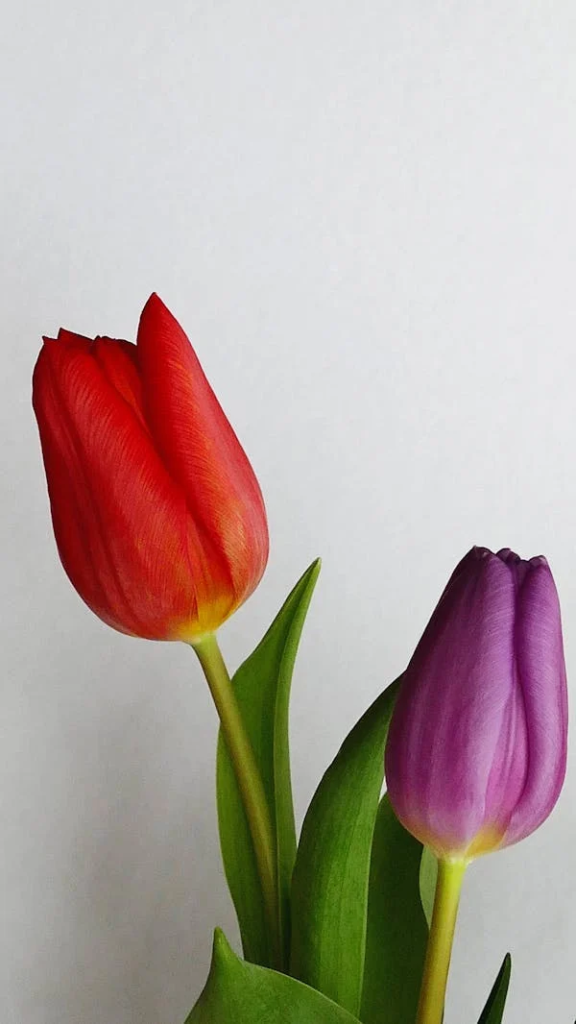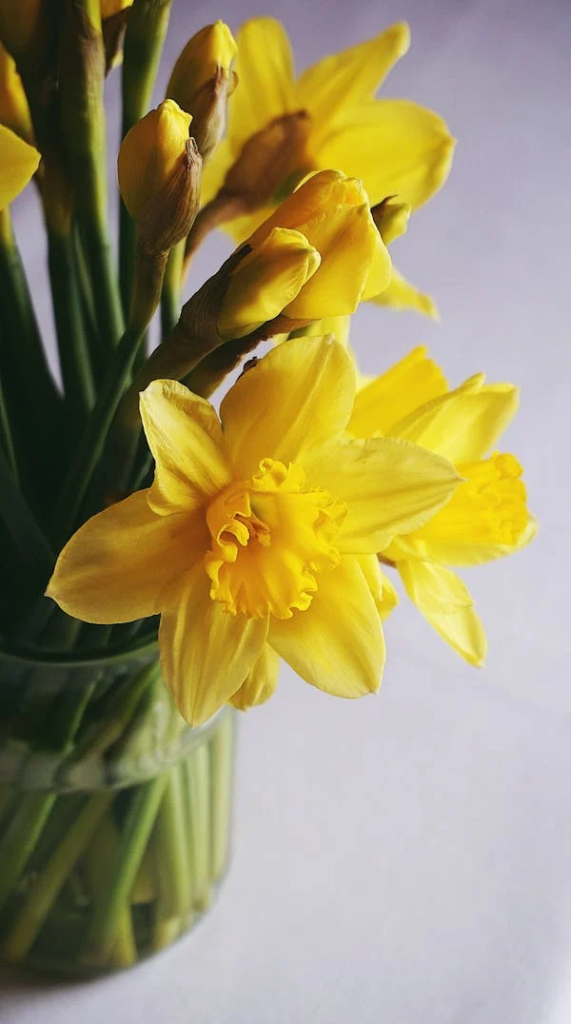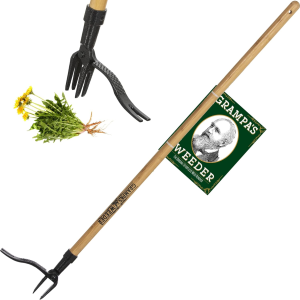As spring unfolds its charm, gardens across the world burst into a riot of colors. Among these vibrant hues, certain flowers hold a special place in our hearts and gardens during the Easter season. These Easter blooms, steeped in rich symbolism and tradition, not only add beauty to our surroundings but also resonate with the spirit of Easter. Let’s embark on a journey to explore these symbolic Easter flowers and their significance.
Easter Lily
The Easter Lily, known for its beautiful, trumpet-shaped white flowers, is a classic symbol of purity and innocence. In Christian tradition, it’s believed that these lilies sprouted in the Garden of Gethsemane where Jesus wept in the last hours before his crucifixion. Their striking beauty and heavenly fragrance make them a popular choice for Easter celebrations.

Lily of the Valley
This charming little flower, with its delicate, bell-shaped blooms and sweet fragrance, is another favorite for Easter. The Lily of the Valley is often associated with humility in religious paintings due to its inclination to bow its head during blooming. It’s also considered the flower of the Virgin Mary, making it a symbol of purity.

Tulips
Tulips are one of the first flowers to bloom in the spring, making them a symbol of rebirth and a perfect fit for Easter. White tulips, in particular, symbolize forgiveness, while purple tulips symbolize royalty. But tulips come in a wide variety of colors, each with its own meaning. Red tulips represent true love, while yellow tulips symbolize cheerful thoughts.

Daffodils
These bright and cheerful flowers are often associated with Easter due to their springtime bloom. In Christianity, they’re seen as a symbol of rebirth and new beginnings. That’s why they’re often included in Easter bouquets or planted in gardens for a burst of color.

Hyacinths
These highly fragrant, bell-shaped flowers are a popular choice for Easter. They’re often associated with rebirth and the coming of spring. The purple hyacinth, in particular, symbolizes sorrow, regret, and asking for forgiveness.

Azaleas
These vibrant, showy flowers are often associated with abundance because they have so many blooms on each shrub. They’re a symbol of temperance, passion, and womanhood, making them a beautiful addition to any Easter garden.

So, as you can see, each of these Easter flowers has its own unique symbolism and beauty. They all contribute to the joy and spirit of Easter, making our gardens a celebration of this special time of year. So, let’s grab our garden tools and get ready to welcome these beautiful Easter blooms into our gardens. Happy gardening!





